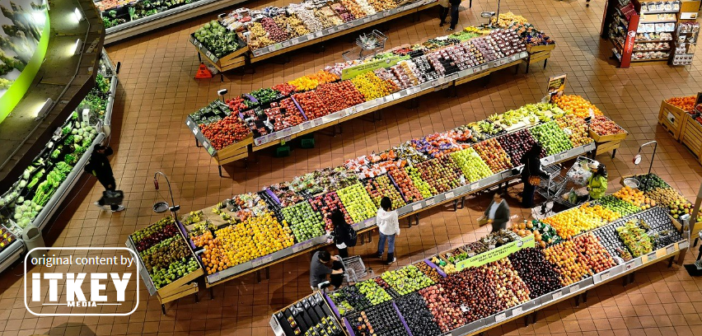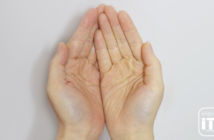The post was originally published in Polish on Artur’s LinkedIn profile. Artur kindly agreed that we repost what we think is of great value to our readers.
Market saturation does not exist. There are, however, levels of market maturity. Learn about the 5 levels of market maturity, as suggested by Eugene Schwartz. and adjust your offer accordingly.
Understanding market maturity means that your organization knows how many similar products and/or services are already well-known in the market in which you operate. This will allow you to fine-tune your actions and communication better.
Level 1: The product or service is completely new.
In the pioneering phase, organizations often have no competition as a result of a technological innovation that brings an entirely new product to market. At Level 1, organizations must be simple and straightforward.
Example:
We will send a letter for you.
We’ll run your Facebook ads for you.
Level 2: Staying ahead of the competition.
There are more and more players on the market. You need to stand out. The direct claim still works, but add your customers’ feedback (show a receipt).
Example:
We will earn X for you, thanks to our ads.
Level 3: Show customers how it works.
As you can probably guess, people in the market are increasingly aware of the claims made about your products and services, but they don’t yet understand exactly how it all works. Using Level 1 and Level 2 tactics doesn’t work because customers have heard them before and won’t be persuaded in the same way. Therefore, it’s up to you to demonstrate how exactly your product or service works. For example, by showing how much your product and service can save them time.
Example:
A new washing machine that can reduce water consumption while maintaining the quality of the laundry.
Your business will save 123 hours a month with this service.
Level 4: Cold War.
Competitors engage in a fierce battle to win the hearts and minds of buyers. At this level, your rivals are breathing their hot breath down your neck and offering a product or service that levels the competition. As a result, there are many more direct comparisons and fights for every purchase. Expand or enlarge the working mechanism.
Fine-tune your product and make it easier, faster, more reliable. Let it solve more problems. Overcome old limitations. Promise additional benefits. You start the beautification stage similar to the second level.
Example:
Our product is half the price [of the competitor’s]and twice as effective; Why should you pay extra?
Remember that the statements you make to your customers should be based on reality. Otherwise, you risk violating your trust, losing your business, or even facing penalties from regulators.
Level 5: History.
Customers in the market are very familiar with your product and your competition, as well as the claims and tactics you’ve used so far, they just won’t work for anyone at this level of market advancement.
At this point, people are buying from YOU, not your PRODUCT.
That’s why you need a community around a personal brand that will buy from YOU often regardless of the product.

Creator, entrepreneur and investor – I write about my experiences with startups, technology and business.





